Have you ever met a dog who seemed to vanish into the wallpaper the minute strangers walked in? Maybe your bouncy Labrador turns silent as a ghost at the park, or your neighbor’s Chihuahua hides behind the couch during family gatherings. It’s surprising, isn’t it? Some dogs, even those from breeds known for confidence, carry a secret shyness that puzzles and tugs at our hearts. As someone who’s spent years surrounded by wagging tails and nervous noses, I’ve learned that behind every shy dog, there’s a story worth understanding—and a gentle soul needing a little extra kindness.
The Hidden World of Shyness in Dogs
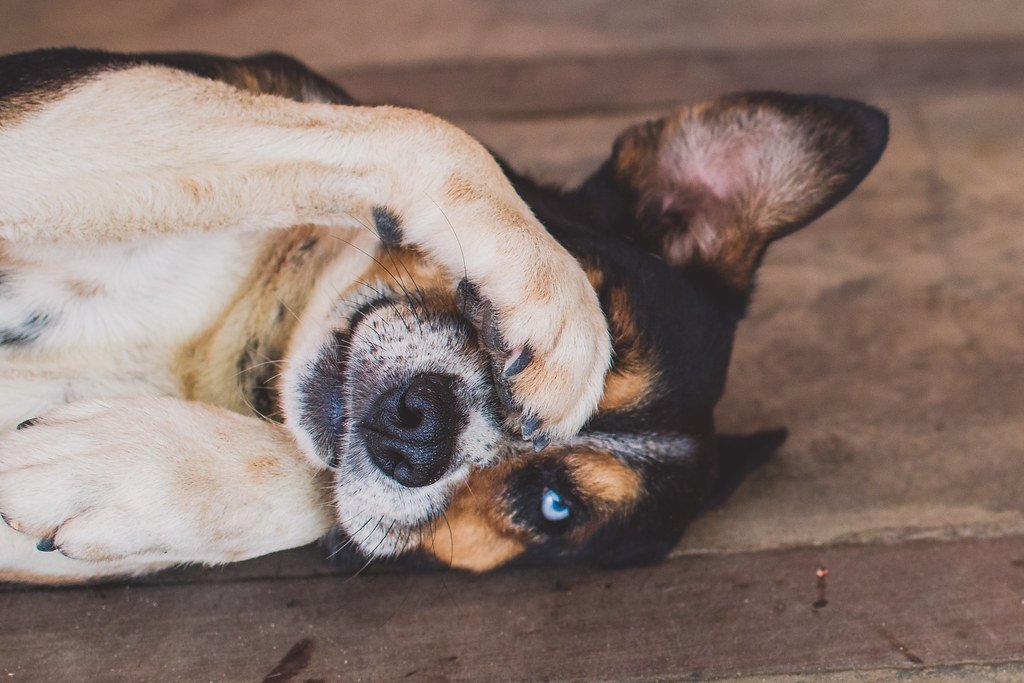
Shyness in dogs isn’t always as obvious as tail-tucking or trembling. Sometimes, it’s a soft glance away or a quiet reluctance to join the fun. While many people expect dogs to be naturally outgoing, some breeds, and even individual dogs, are wired to be more reserved.
Think of shyness as a secret garden inside your dog—one that blooms quietly, away from crowds. Recognizing these subtle signs is the first step in helping your furry friend feel safe and loved, no matter their temperament.
Why Genetics Matter More Than You Think
Just like people, dogs inherit personality traits from their parents. Breeds like the Italian Greyhound, Shiba Inu, or Shetland Sheepdog are known for their sensitive, sometimes wary nature. This doesn’t mean they’re unfriendly, just that their “stranger danger” alarms are set a bit higher.
It’s fascinating—some dogs are simply born with a cautious outlook. If your pup comes from a long line of gentle wallflowers, they might always prefer a slow, careful approach to new things. Knowing this helps us accept and appreciate their unique personalities.
Early Socialization: The Game Changer
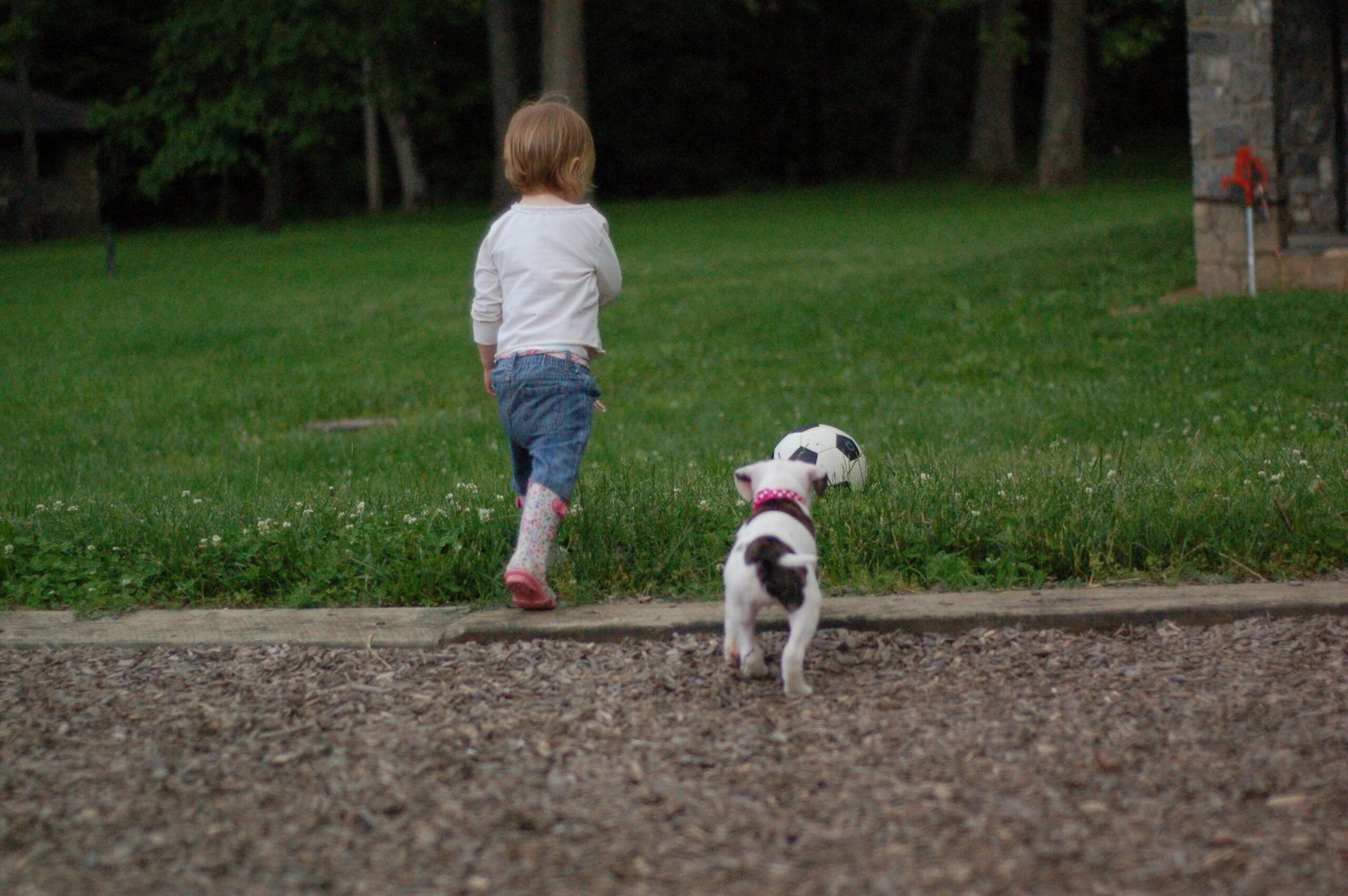
Puppyhood is a golden window for building confidence. Dogs exposed to a variety of people, places, and sounds before 16 weeks old are more likely to grow up brave and balanced. But if a puppy’s world is too quiet or stressful, shyness can take root.
I’ve seen it firsthand—a rescued Border Collie who missed out on early experiences was always wary in new situations. With patience and positive exposure, even shy dogs can learn to trust, but it’s a slower, gentle process.
Body Language: What Shy Dogs Are Trying to Say
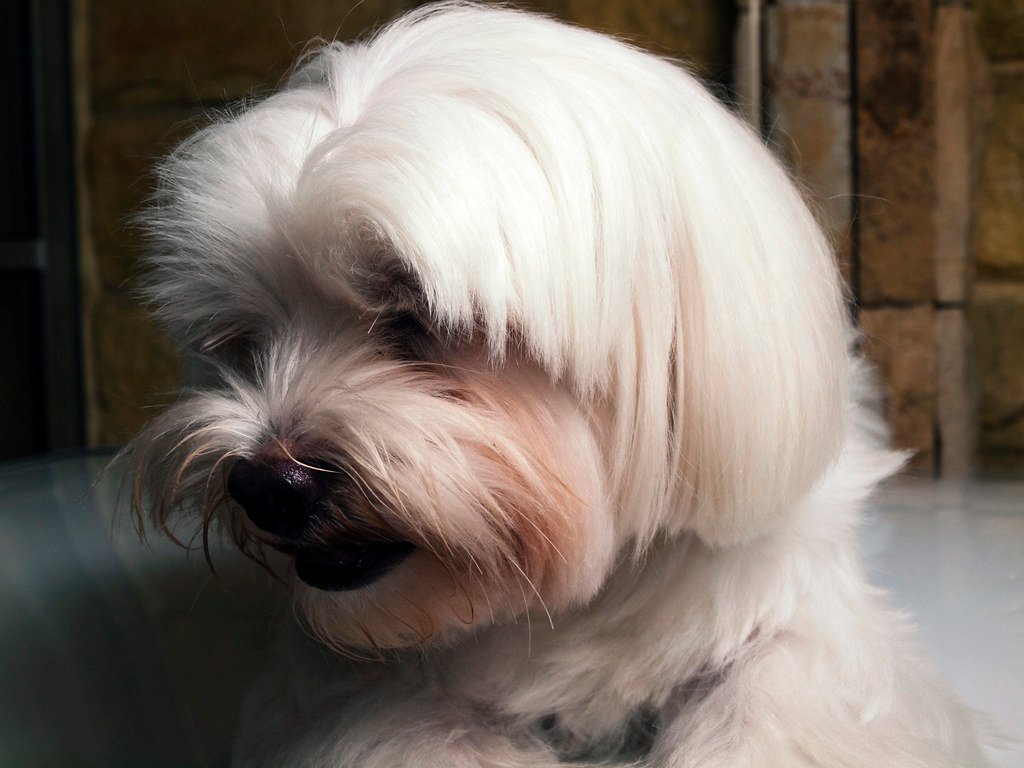
A shy dog won’t always bark or whimper. Instead, you might notice them licking their lips, yawning when not tired, or glancing away from eye contact. They might move with slow, cautious steps or freeze when approached by strangers.
Understanding these signals is key. It’s like learning another language—one that lets you sense when your dog feels overwhelmed and needs a little space. Respecting these cues builds trust and helps your pup feel safe.
Health and Shyness: The Overlooked Link
Sometimes, a sudden change in behavior—like hiding or avoiding people—can signal health problems. Pain, thyroid issues, or even poor eyesight can make a dog more withdrawn. If your usually outgoing pup becomes shy overnight, a vet check is a must.
Dogs can’t tell us when they feel “off,” so it’s up to us to notice those subtle changes. Keeping up with regular checkups ensures their shy moments aren’t masking something more serious.
Preventing Fear with Gentle Routines
Shy breeds thrive on predictability. Routine walks, familiar faces, and a cozy spot to retreat all help build their confidence. Loud noises or chaotic environments can rattle their nerves, so small, steady changes work best.
One golden rule: never force a shy dog into stressful situations. Instead, reward calm behavior with treats, praise, or a favorite toy. Over time, even the most timid pup can blossom with gentle encouragement.
Real-Life Stories: Shy Dogs Who Shine
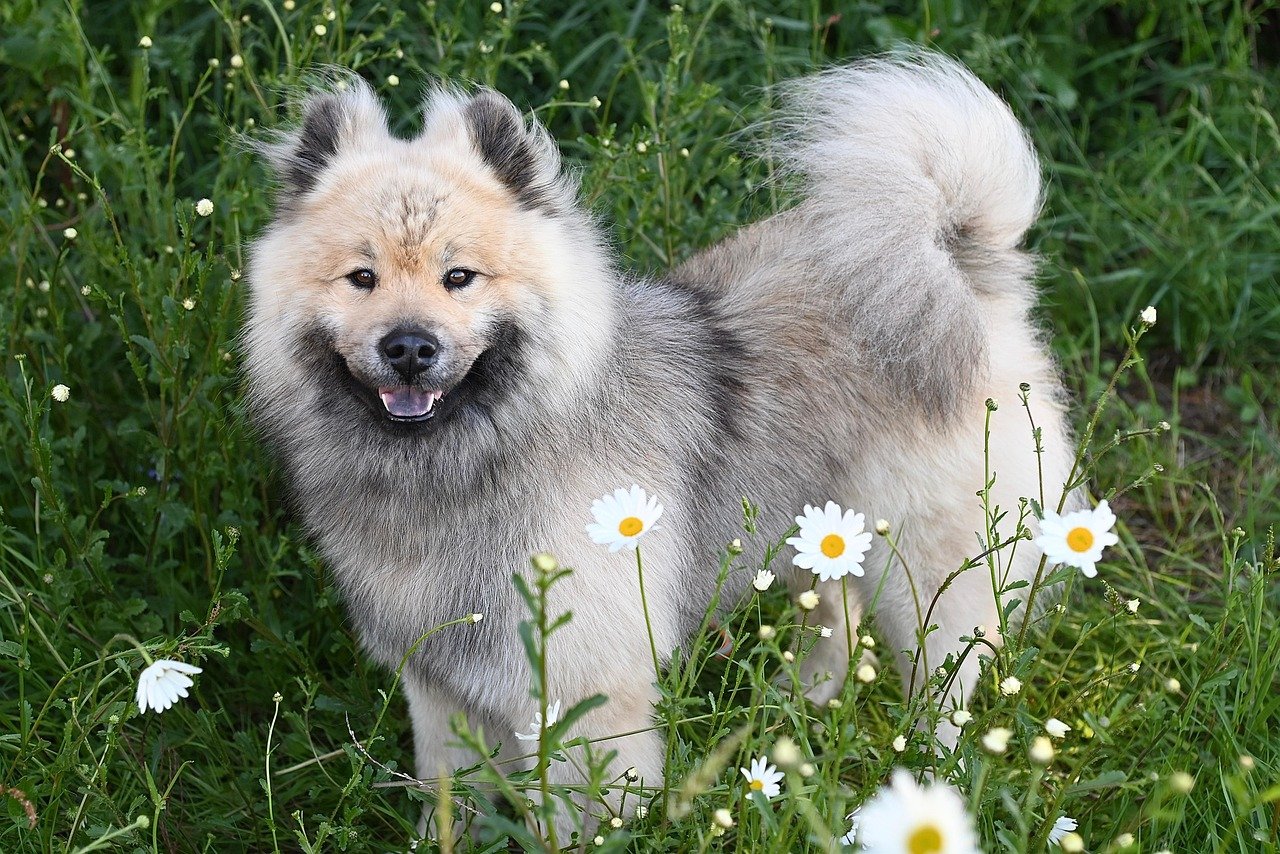
I once fostered a retired racing Greyhound named Rosie. At first, she cowered in corners and avoided touch. But with daily patience, soft words, and slow introductions to new friends, she transformed into a gentle, loving companion who adored quiet cuddles.
There’s magic in watching a shy dog find their confidence. It’s a reminder that every dog, no matter how timid, has a heart full of love to share—if we meet them where they are.
Supporting Your Shy Dog: Practical Tips
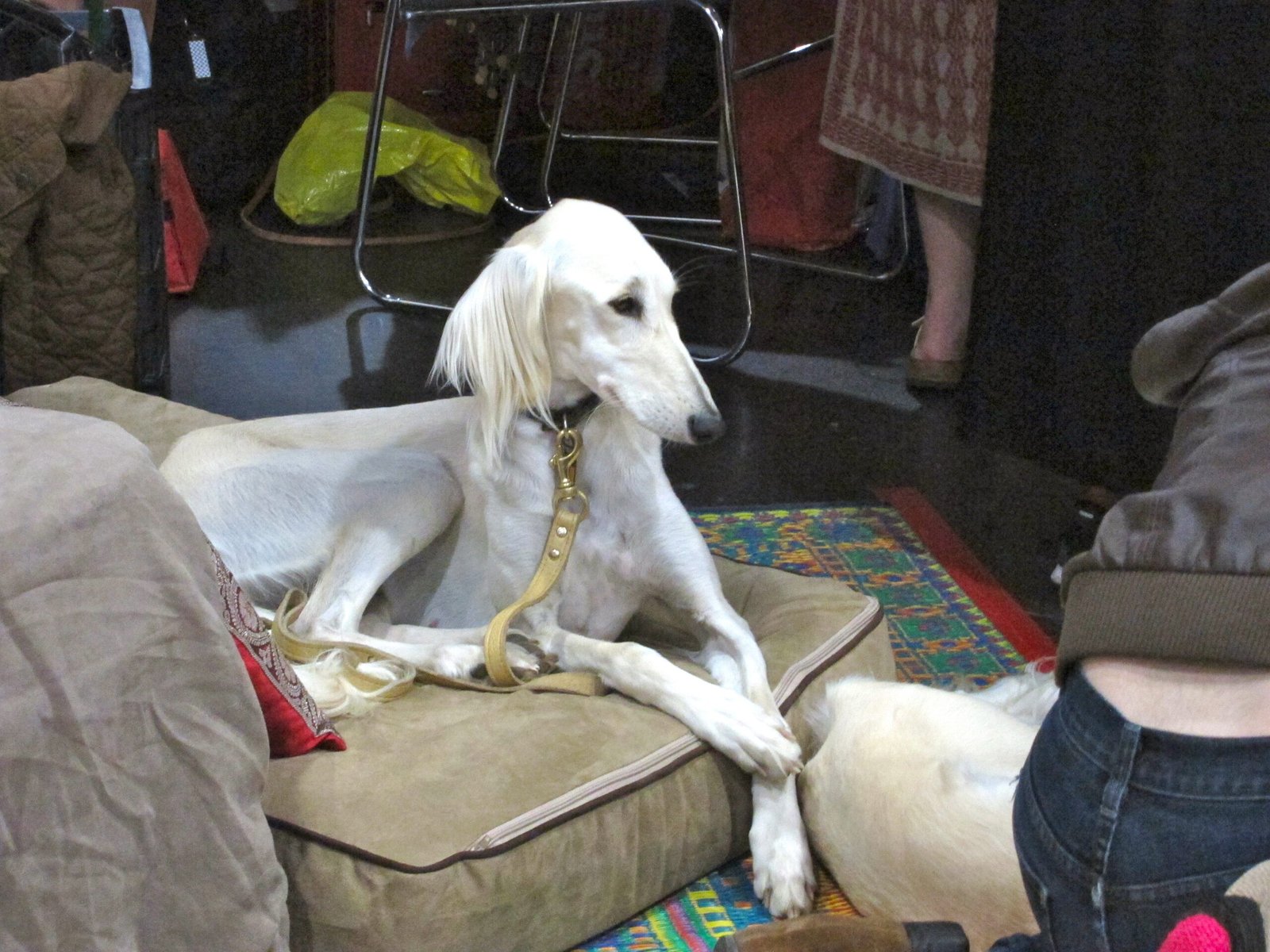
If you share your home with a shy breed, create a “safe zone” like a cozy crate or quiet room. Let them approach new situations at their own pace, and celebrate small victories—like a brave sniff of a guest’s hand.
Socialization classes, calming supplements, and puzzle toys can also help build confidence. Remember, progress may be slow, but with understanding and patience, your shy dog can lead a happy, fulfilled life.
Every shy dog has a story waiting to unfold. Will you be the patient friend who helps them write their happiest chapter yet?





